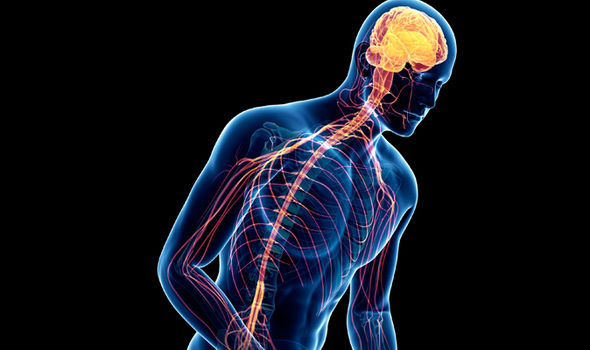Atypical parkinsonisms are conditions in which an individual experiences some of the signs and symptoms of Parkinson’s disease (PD) — tremor, slowness, rigidity (stiffness), and/or walking and balance problems — but does not have PD. Atypical parkinsonism can be due to certain medications (some anti-nausea and antipsychotic drugs), other brain disorders (repeated head injury or multiple small strokes) or neurodegenerative diseases.
Parkinson’s Plus
The neurodegenerative diseases, which cause damage or death of brain cells, include corticobasal degeneration, Lewy body dementia, multiple system atrophy and progressive supranuclear palsy. These conditions are often referred to as “Parkinson’s plus” because they mimic PD but have extra associated symptoms (the “plus”). They can be misdiagnosed as Parkinson’s disease because no blood or imaging test can, on its own, make a definitive diagnosis. (As with PD, the diagnosis is based on a person’s medical history and physical examination.) Early in the course, people with Parkinson’s plus syndromes also may get some benefit from levodopa, the drug most commonly used to treat PD. A poor response to levodopa, development of additional symptoms and more rapid progression of disease may eventually differentiate Parkinson’s plus from PD, although it can take years for these differences to emerge. As with PD, no disease-modifying therapy has been discovered for any of the neurodegenerative atypical parkinsonisms so treatment is symptomatic and supportive.
Progressive supranuclear palsy (PSP) causes imbalance, gait difficulties and a tendency to fall backwards. It also restricts normal eye movements, which can lead to reading difficulties, falls when walking down stairs and visual disturbances (blurred or double vision, or light sensitivity). Involuntary eyelid closure (called blepharospasm); memory and behavior changes (such as decreased motivation and emotional fluctuations); and speech and swallowing problems also may occur.
Management of Parkinson’s Plus
These diseases are complex conditions that progress over time. As ongoing symptoms worsen and new symptoms arise, a person’s needs will change and caregivers’ roles and responsibilities will evolve. A team approach involving the person with disease, caregivers, family members and multiple medical professionals, is necessary to address the multitude of symptoms. As with PD, no disease-modifying therapy has been discovered for the neurodegenerative atypical parkinsonisms. Treatment relies on medications to lessen symptoms, allied health care services, assistive devices (canes or walkers) when necessary and caregiver support. Palliative care specialists can be especially helpful consultants for managing symptoms and coordinating goals of care.
Levodopa is usually the initial therapy for motor symptoms, although most people do not get a significant or long-term response. Other Parkinson’s medications are sometimes used in conjunction with or instead of levodopa, but in general these are not very effective either. For dystonia, Botox injections can be helpful, and for associated non-motor symptoms (such as memory, behavioral or sleep disturbances), doctors may prescribe a variety of other medications.
Physical and occupational therapy are beneficial, specifically for dystonia, gait and balance problems, and falls. In earlier stages of disease, therapists can develop programs aimed at maintaining mobility, preventing falls or falling in ways to minimize injury. They can also assess the need for a cane or walker. In advancing disease, therapists can teach exercises to maintain joint range of motion, evaluate the home for safety and suggest modifications or adaptive equipment (such as shower grab bars or a raised toilet seat), and determine the appropriate type of wheelchair if one is necessary.
Speech therapists can recommend language exercises for speech disturbances and dietary and/or mealtime adjustments for swallowing problems. If swallowing problems are particularly severe (leading to weight loss, choking or pneumonia), your therapist or doctor may discuss starting a feeding tube. While not always required, it’s worth thinking about this possibility early on so that a person (and their caregiver’s) thoughts can be taken into full consideration.
Throughout the course, social workers can provide educational resources, link to support groups and assist with finding in-home care services or alternative living situations. Palliative care providers can be consulted at any point for help with managing symptoms and determining goals of current and future care. In conjunction with a person’s movement disorder specialist, palliative care experts can aid in optimizing medical therapy while lending extra emotional and spiritual support, and coordinating communication among the patient, family and medical providers.
For more information and support, check out www.michaeljfox.org


Comments (0)